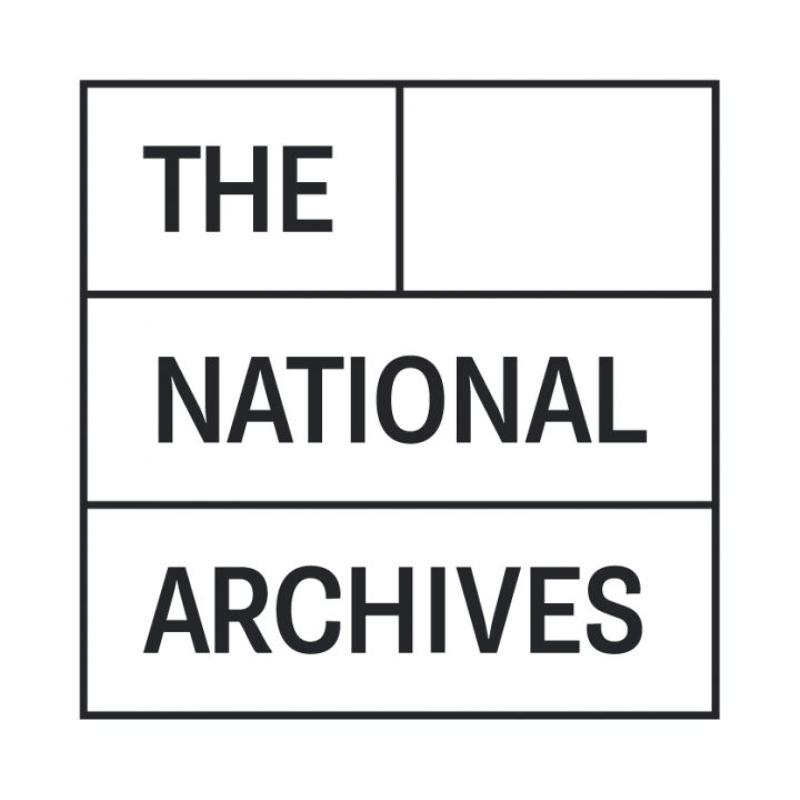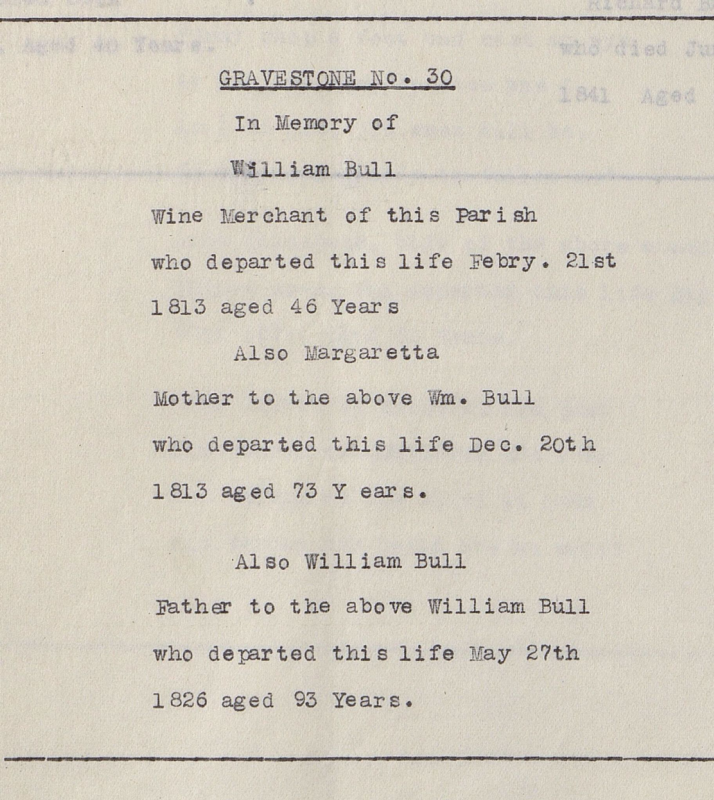The Family History Show, York on June 24th, 2023
Join us for a captivating day of genealogy exploration. Watch free talks, ask the experts, and browse exhibitors, family history societies and genealogy companies from across the country. With free talks, convenient parking, and refreshments available, this event is a must for all Family history enthusiasts. Uncover more about your heritage and unravel the mysteries of your past. Get your tickets now and save on our two for the price of one offer.
Get your tickets now, it's just 10 days till The Family History Show – York.
Make a Day of it
Book an expert session and watch a talk in the morning, then have lunch in our restaurant before finishing the day with a bit of retail therapy, chat with societies and catch another talk before you go.
The Family History Show – York features:
- Free talks held throughout the day in two large lecture areas
- Book a free personal 1-2-1 session with an expert
- Free goody bag on entry worth over £10.
- Free Parking and Local Train Station
- All Day Refreshments
- Wheelchair Friendly Venue
Early-bird Ticket Offer
Get your tickets now and save, Two tickets for £10 (£10 each on the day) and you’ll also get a goody bag on entry worth over £10.
Save 50% by getting two tickets for £10 for the York show here: https://thefamilyhistoryshow.com/york/tickets/
Talks you can look forward to at the York show include:
10:30 The Genetic Detective - tips and tricks to solving unknown DNA matches
Donna Rutherford - DNA Expert
Delve into genetic genealogy and explore effective strategies to unravel unidentified DNA connections. How to discover identifying information on key matches that will further your research and help you solve brick-walls. This talk will enhance your genetic genealogy journey and help you become a skilled genetic detective.
11:30 Pinpointing Your Ancestors
Mark Bayley - Online Genealogy Expert
Unleash the power of historical records and maps to reveal the art of pinpointing your ancestors. Join us for an illuminating talk that brings your family’s past to life through geographic connections.
12:30
Tracing The Ancestral Home
Nick Barratt - Historian, Author and Professional Genealogist
A talk exploring the sources that enable you to research the history of the houses where your ancestors lived.
13:30
Breaking Down Brick Walls
Mark Bayley - Online Genealogy Expert
Uncover the secrets to overcoming stumbling blocks in your family history research! Discover new and innovative search strategies to locate those elusive relatives. Explore unique record collections that can tell you more about your ancestors' lives.
14:30
Tips & Tricks for Online Research
Keith Gregson - Professional Researcher & Social Historian
Keith shares top tips & techniques for finding elusive ancestors, illustrated by some fascinating case studies. He is both a popular and academic historian with a range of publications stretching over the past 40 years.
Talk times may be subject to change, please check the timetable at the venue on the day of the show for any changes.
Early-bird Ticket Offer
Get two tickets for £10 for the York show here: https://thefamilyhistoryshow.com/york/tickets/
Check out Family History TV on YouTube with their free short videos. These how-to-guides are by leading experts covering a variety of topics. Their speakers specialise in subjects from the world of British Genealogy, Military History, DNA, House History and Social History and many of them are past and present speakers from The Family History Show. Watch a short video now at: https://www.youtube.com/channel/UCMnBEpCg-QwVzkq-zU4GDGg
Find Out More at: https://thefamilyhistoryshow.com/








